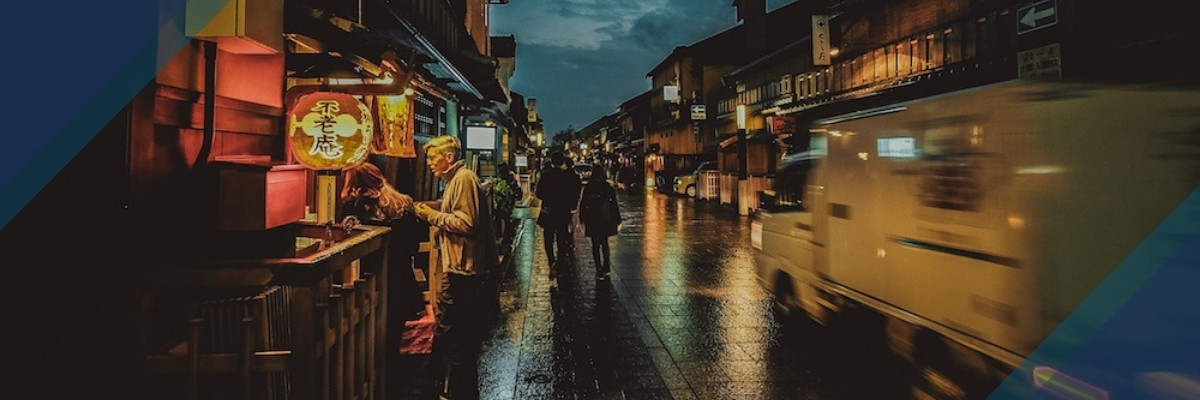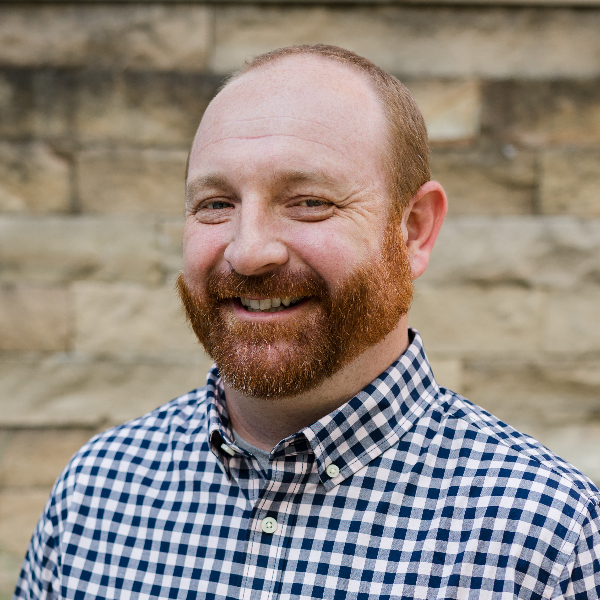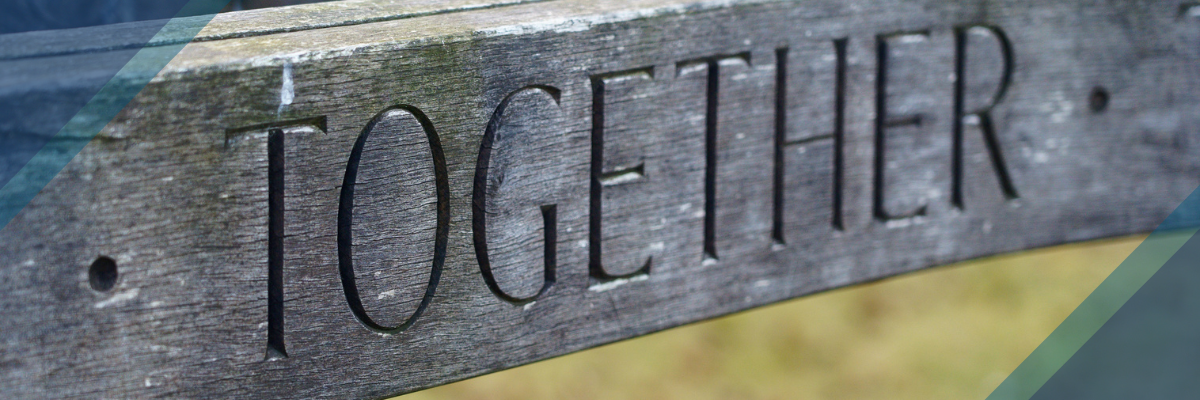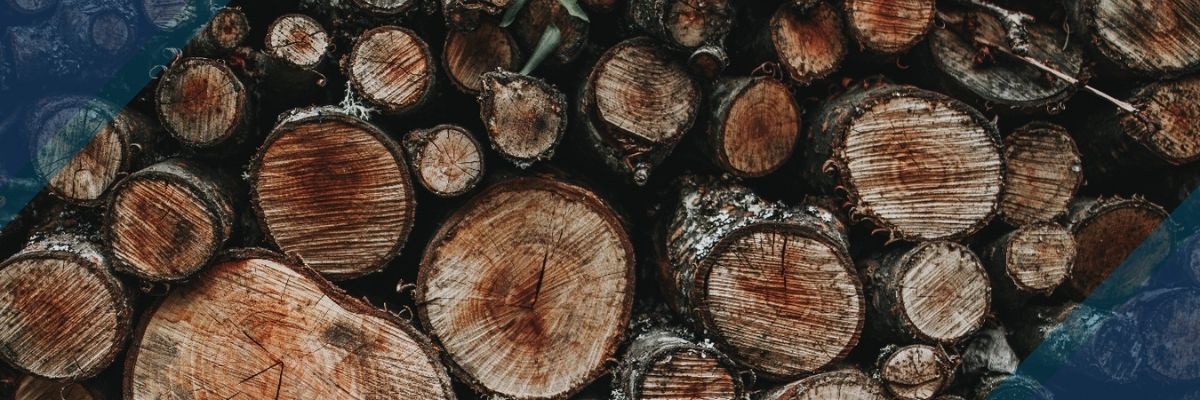What is an “ethnic enclave,” and why should I care?
You may have never heard the term “ethnic enclave,” but if you are interested in the Great Commission, then it is one you need to know. I come across it all the time in my research, so I decided it would be good to provide quick crash course in ethnic enclaves.
An ethnic enclave, simply put, is an area (usually a neighborhood) in city where a large concentration of people from a similar ethnic background develops. Most often, this term is not applied to majority culture groups, so white or black neighborhoods rarely wear this term, even though they are primarily of one ethnicity. The term most often applies to immigrants and their descendants. In other words, an ethnic enclave is an area in your city where a lot of South Asian Indians, or Turkish, or Nepali people have concentrated together. You are familiar with the concept, even if you do not realize it. You have heard of Little Italy or Chinatown, right? That’s the idea. And ethnic enclaves are cropping up across the United States at a record pace.
Ethnic enclaves make sense. People settle around people of like kind. It is a cultural preference, and it is the way cities naturally attempt to settle. We, and that means all of us, feel most comfortable when everything makes sense around us. That happens when everyone around us has a similar culture and worldview. I am not talking about what the church should do; I am just stating an anthropological fact. Don’t believe me? Check out this interactive game that makes the point.
If that is true even for us majority cultures that are native born citizens, think about the pull to an ethnic enclave for immigrants moving from far away to a new place. This pull is strong, and it is about much more than preference. In explaining these ethnic enclaves, the World Migration Report from 2015 points out the many barriers that exist to newcomers. They often have linguistic barriers, cultural barriers, legal barriers, and no social connections. These ethnic enclaves provide them with the social connections necessary to overcome other barriers. This is where they meet the people who made this transition before them. The enclave provides them with a network that can help them get a job, find a house, learn English, and get that much needed fellowship from their home culture.
In the past, these neighborhoods existed almost exclusively in our biggest cities, like New York and Chicago, but that is no longer the case. Washington DC is home to numerous ethnic enclaves, as is Raleigh, Nashville, Atlanta. Houston, where I find myself, is home to several as well. And here is why it matters. When the first wave of immigration occurred a hundred years ago, these people were primarily European. The enclaves wore names like Little Italy or Germantown. Today, they are Little Kurdistan, Little Ethiopia, Little Mogadishu, Tehrangeles, or the Mahatma Gandhi District. Do you see the difference?
So many of these ethnic enclaves in our cities are coming from the same places we evangelicals send missionaries. In fact, many of them are coming from places where it is getting harder and harder to send missionaries. Some immigrants move to the US and do not have the opportunity to settle into an enclave. However, we need to take notice of the areas where enclaves exist, because they are key places for mission.
These enclaves provide your church with unprecedented access to cross-cultural missions. I beat this drum all the time, but God has brought the nations to the doorsteps of our local churches. I know a lot of churches that are realizing the opportunity presented by immigration to reach peoples that would otherwise have no access to the gospel. That is great, but so many churches treat this like they have treated personal evangelism for so long. We Westerners are individualists. In this regard, we think about reaching immigrants one at a time, as they cross our paths. Ethnic enclaves provide us with an even greater opportunity to reach into a cultural center for an unreached group. Some of these enclaves are huge, with thousands of people who all live and work in other cultures and languages. We should seek out these enclaves as places where we fulfill the Great Commission. Instead of waiting until we bump into an immigrant from Ethiopia, our churches should actively seek out the gospel opportunity provided by enclaves around their church. In fact, these enclaves need their own churches that worship in their own cultural way so that the gospel has a witness for that whole community.
Not only do these enclaves provide us with direct access to hundreds (or thousands) of people from other cultures, they also serve as a pathways back into their home countries. Again, the World Migration Report notes that ethnic enclaves maintain a continued connection to their place of origin. Many people from developing countries send remittances back to their home village or family. This may sound crazy to the Western individualist, but it makes perfect sense in collectivist cultures. These people see themselves as part of a group, a family, and they believe that comes with great responsibility to take care of that family. They will send a large portion of their own income back home to help take care of elderly parents and the younger members of the family. They pay for school for children and healthcare for their parents. These connections are very important for the home village, and it maintains strong connections. In other words, the Mahatma Gandhi District here in Houston is not merely a place to reach thousands of Hindus with the gospel. It is not only a place ripe for planting churches that speak Hindi and worship in contextually appropriate ways. The relationships in this enclave serve as a bridge for the gospel back into India.
Consider the possibilities for the Great Commission in these ethnic enclaves, and then go out and find one!











